Problem-Solving for Old Buildings
The City of Saginaw Master Plan identified blight as the most pressing issue on the minds of city residents. The vast majority of blighted structures within the city were built before 1900, suffering from decades of neglect and abandonment. This process leads to vandalism, increased criminal activity, and a decrease in property values. In the City of Saginaw, there are many buildings in public ownership, both commercial and residential, and nearly all of them are in desperate need of investment and direction. Re: Saginaw Community Development specializes in addressing the unique circumstances of each and every building we work with. We see public ownership as an incredible opportunity to use what we have to build what we need, and we are in the business of eliminating barriers that are preventing a building from being renovated.
Case Study:
The Lee Commons
A municipal headache, a public nuisance, and an eyesore. What is to be done about this old house that has sat deteriorating for years?
The Saginaw City Council deliberated for quite some time before ultimately voting to demolish the home at 633 S. Washington Ave. When word got out, there was a massive pushback from the community to see the home listed for sale, resulting in City Council overturning their previous vote at the next meeting.
Acquired by the city in 2010, the house had already sat vacant for about 5 years, after it’s previous owner, Rosemary DeGesero, moved out and into hospice in New Jersey. Around the time of her death in 2011, a movement was started to save the home. Newspapers from that time placed emphasis on the many barriers that stood in the way of someone stepping up to restore it. A difficult development agreement, complications from HUD, and the home’s prominent location all contributed to the problem.
In the end, we discovered that the city did not want to see the home have a residential use, as Washington Ave has been undergoing a commercial conversion for years. With this in mind, and with all of the obstacles ahead of us, we opted to reimagine the house for a public use. The large Victorian bedrooms upstairs seemed ideal for offices, which could produce rent that would reduce the amount of revenue required from the first floor. This model allows for the lowest rents possible, focusing on making the spaces accessible for all income levels. Various non-profits and community efforts are lacking available spaces to operate from, and the large spaces with massive doorways and pocket doors spelled out the path forward.
Case Study:
Potter Street
Members of our team serve on the Board of Directors for the Saginaw Depot Preservation Corporation, tasked with heading up the stabilization of the historic Potter Street Station. Though this is a big job, we are able to move mountains on a shoestring budget, with stabilization efforts underway.
Reality check
Are these buildings truly beyond repair? A closer look almost always leads to a pathway forward. Underneath the debris and beyond the visible deterioration, the answers are waiting for us. Potter Street Station has been declared “beyond repair” since the 1980s, and demolition was imminent before a team of devoted volunteers stepped up and purchased the building. Repairs were underway until a devastating fire in 1993, which resulted in the complete destruction of the roof and the complete collapse of the central tower. The building sat without a roof for years, until a grant from the State of Michigan paid for the construction of a temporary roof to protect the building.
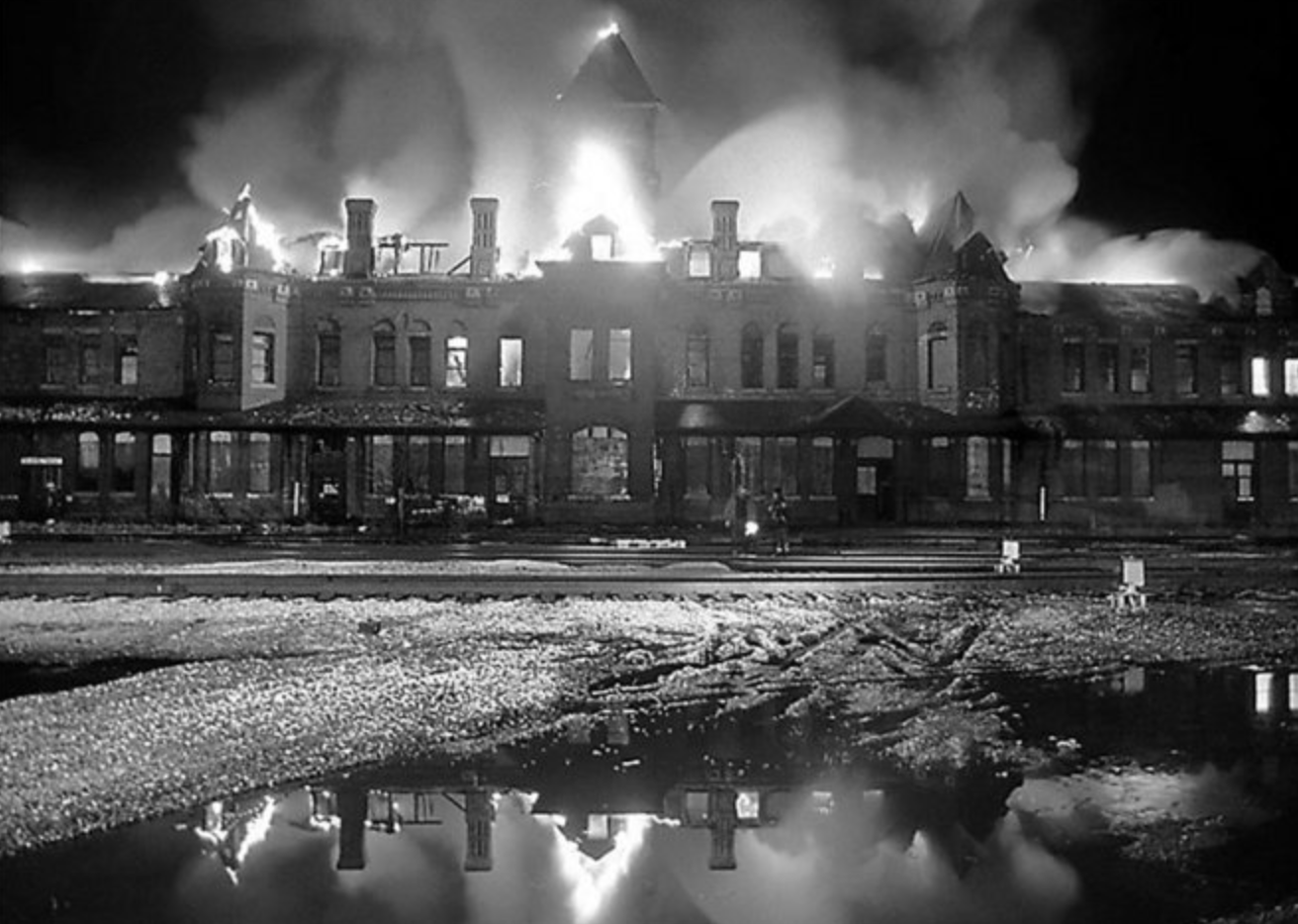
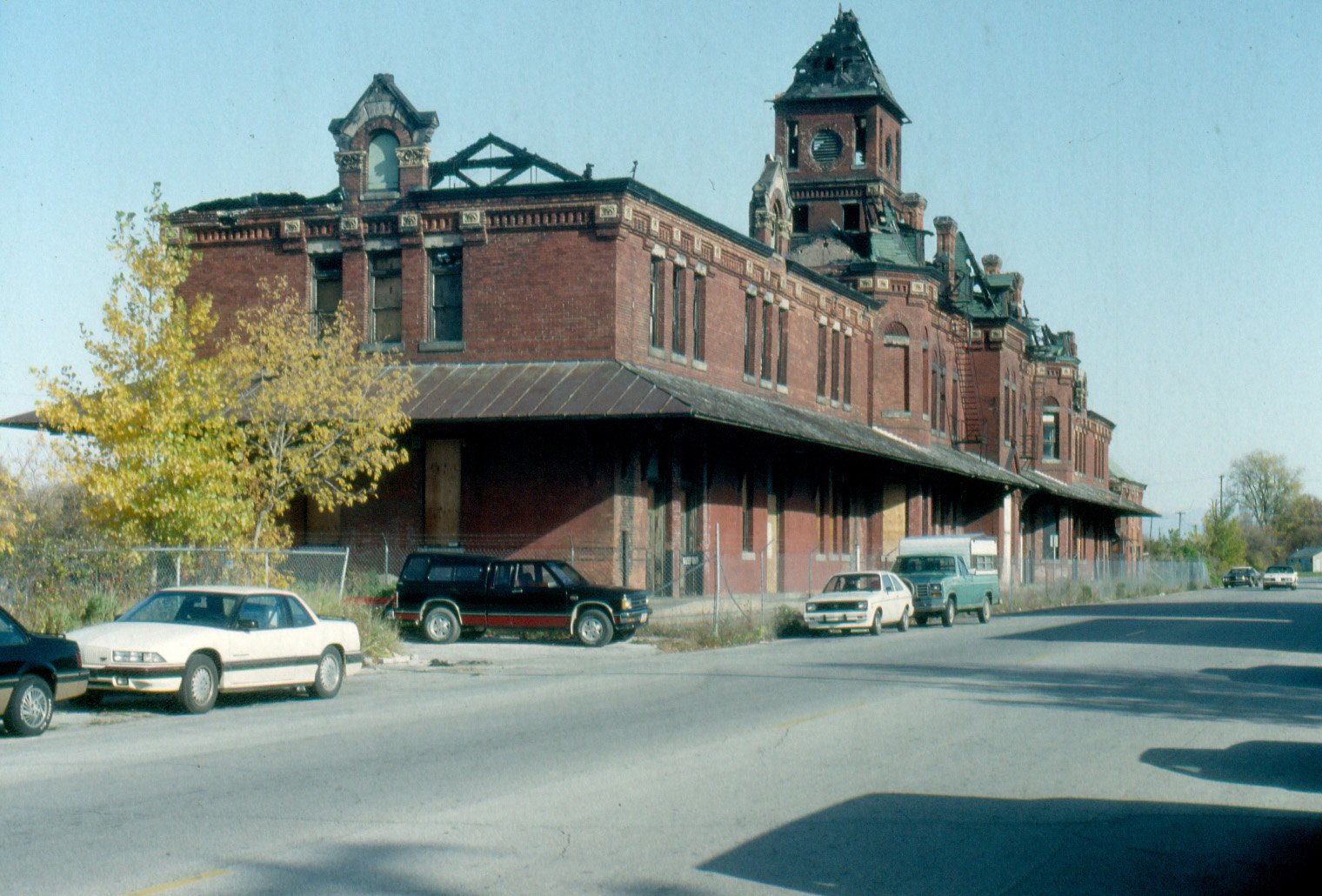
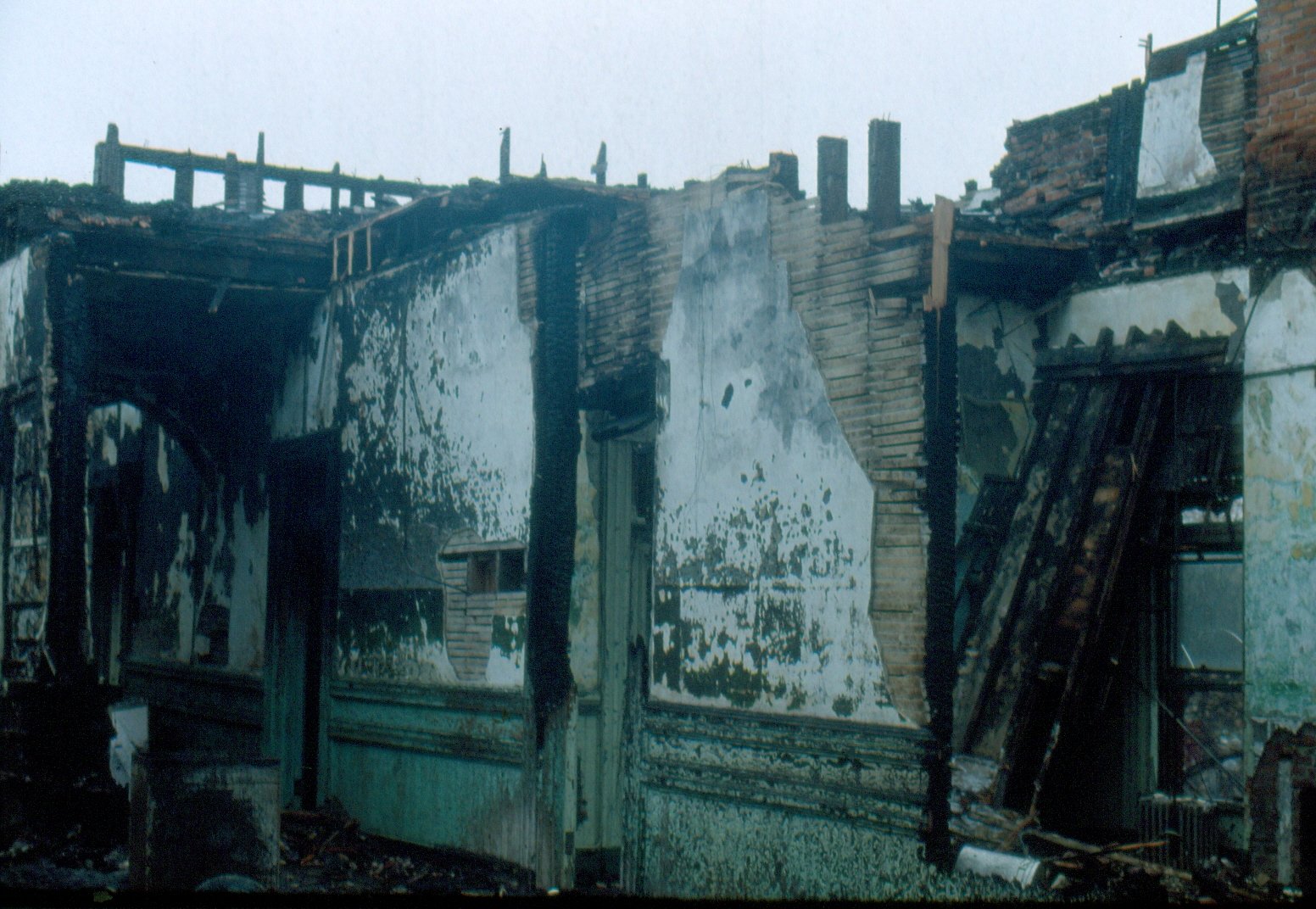
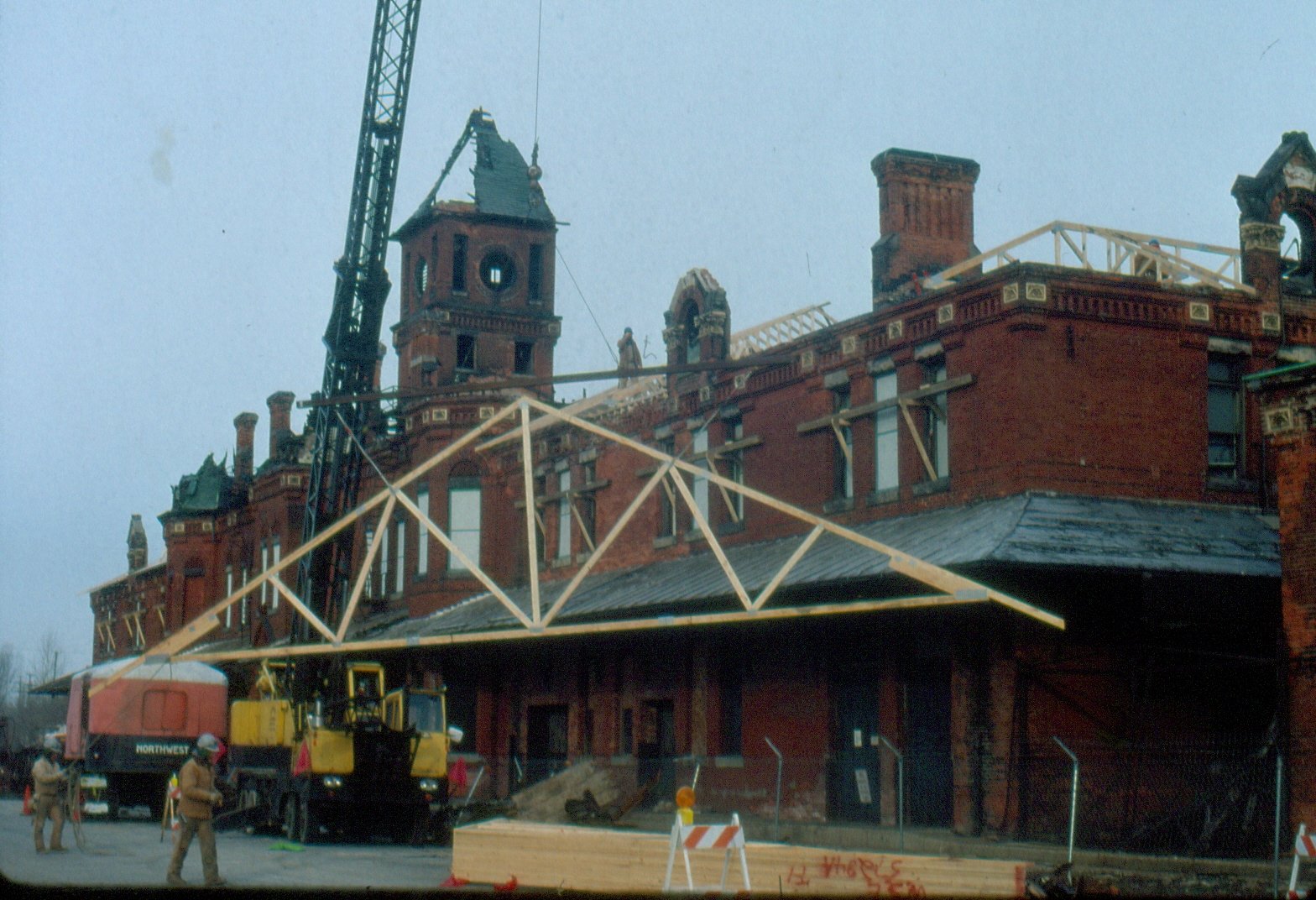
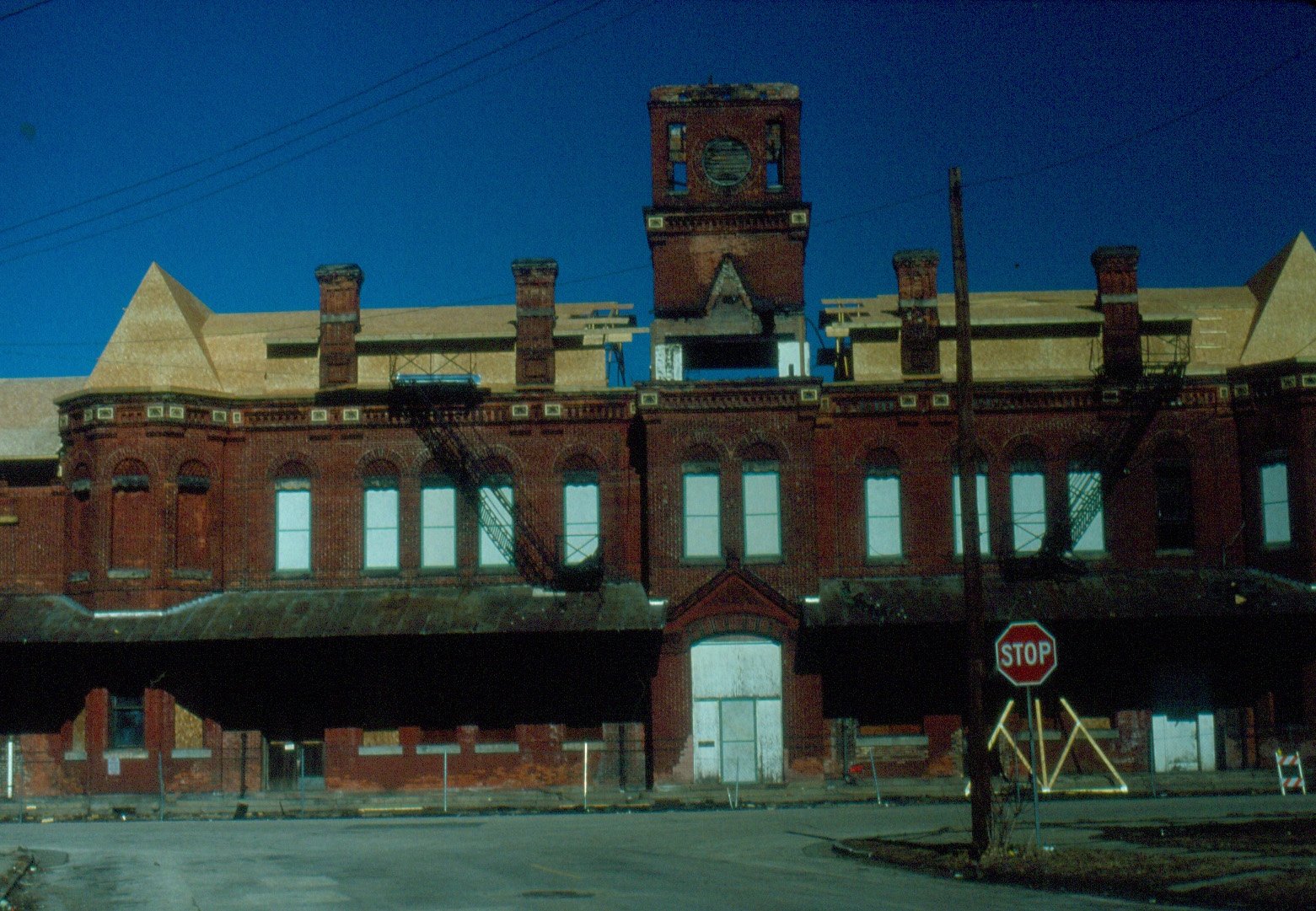
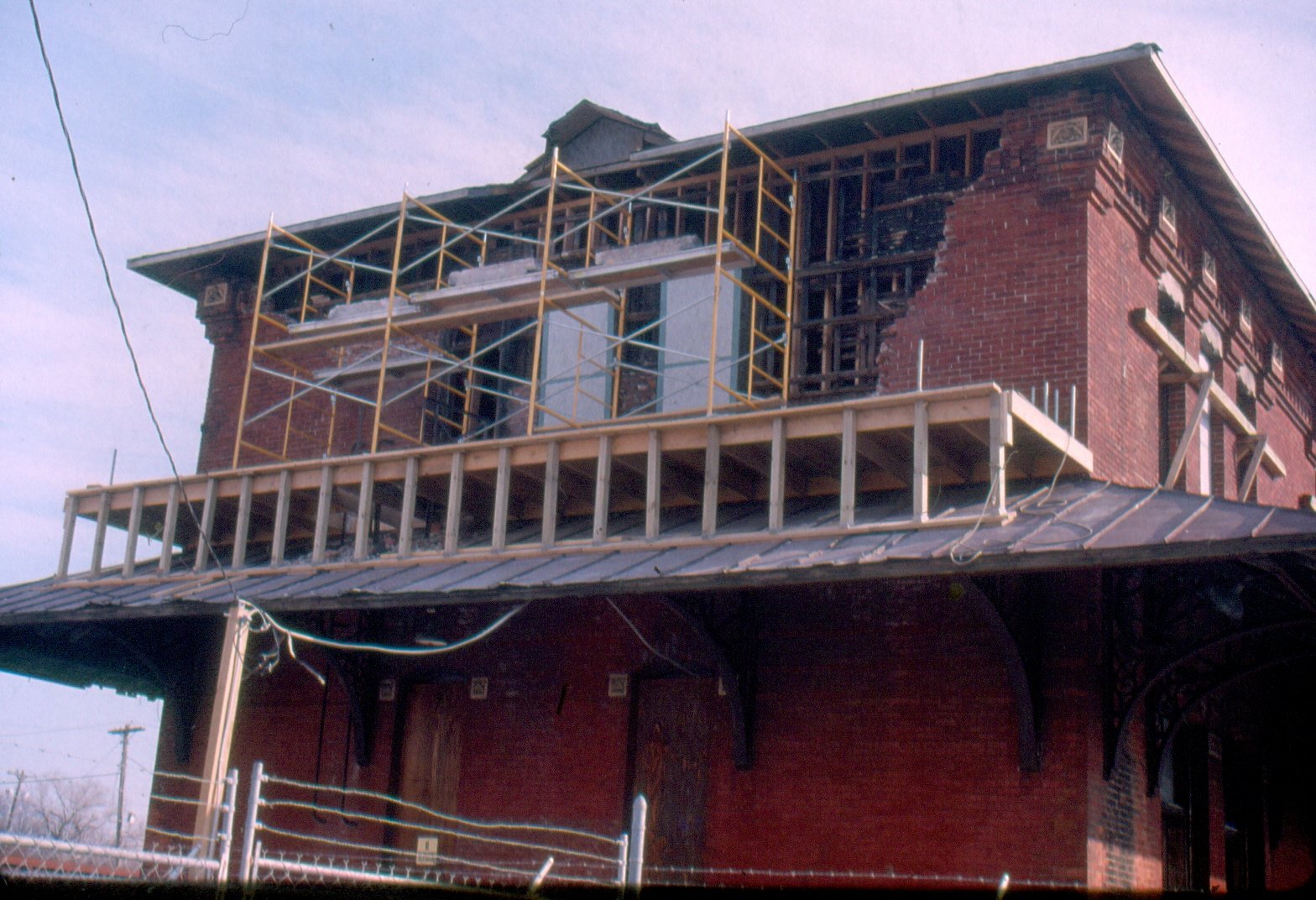
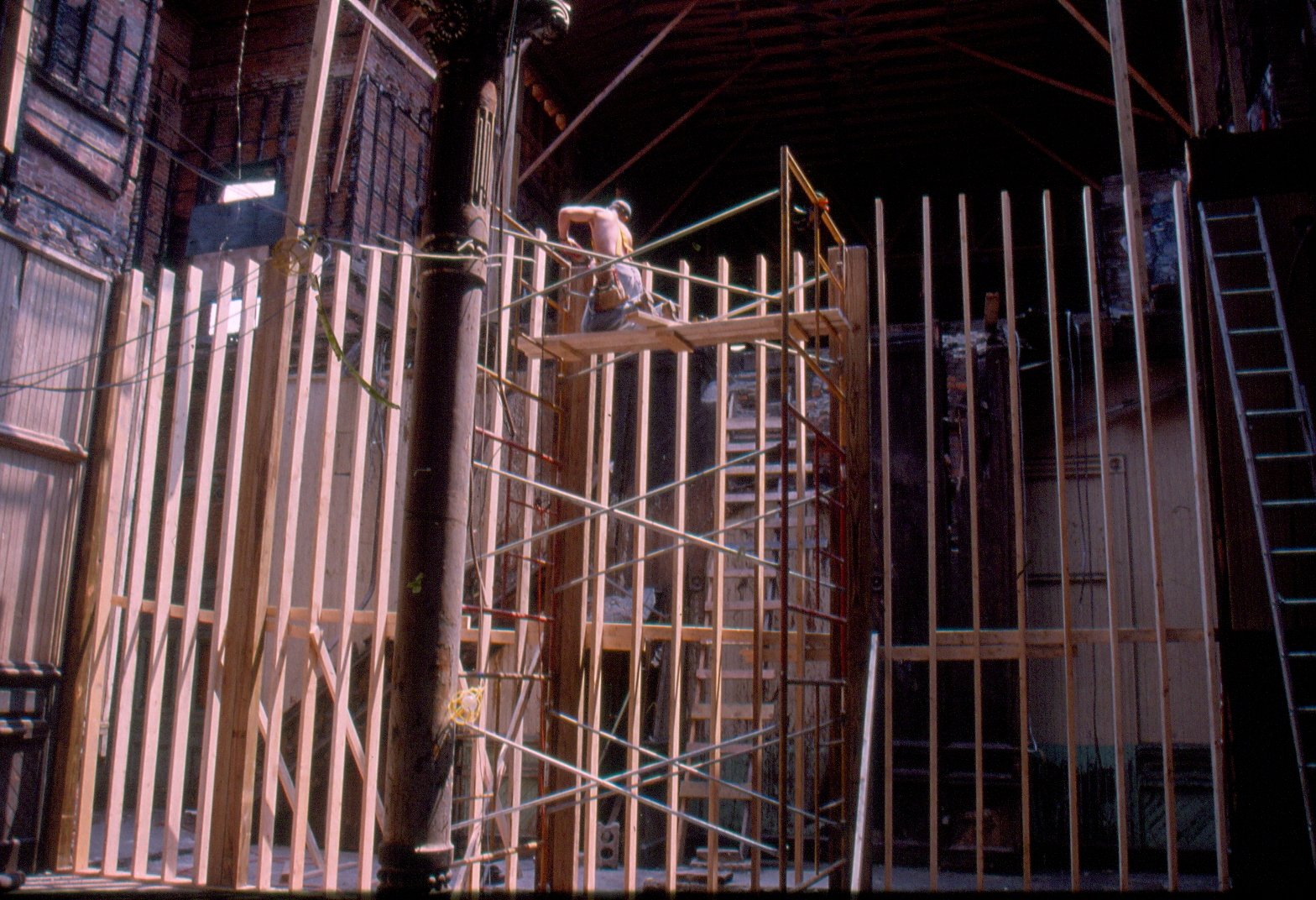
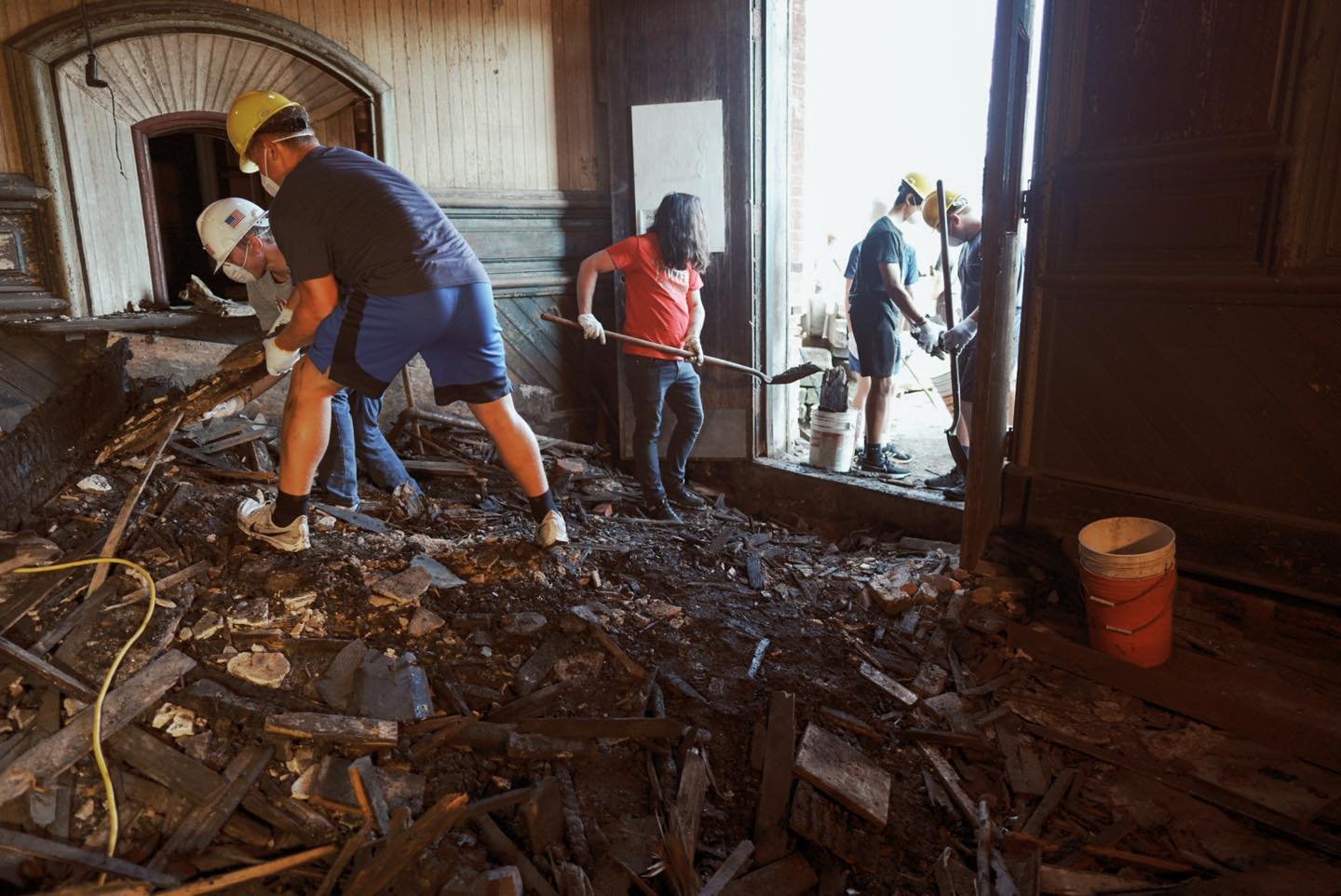
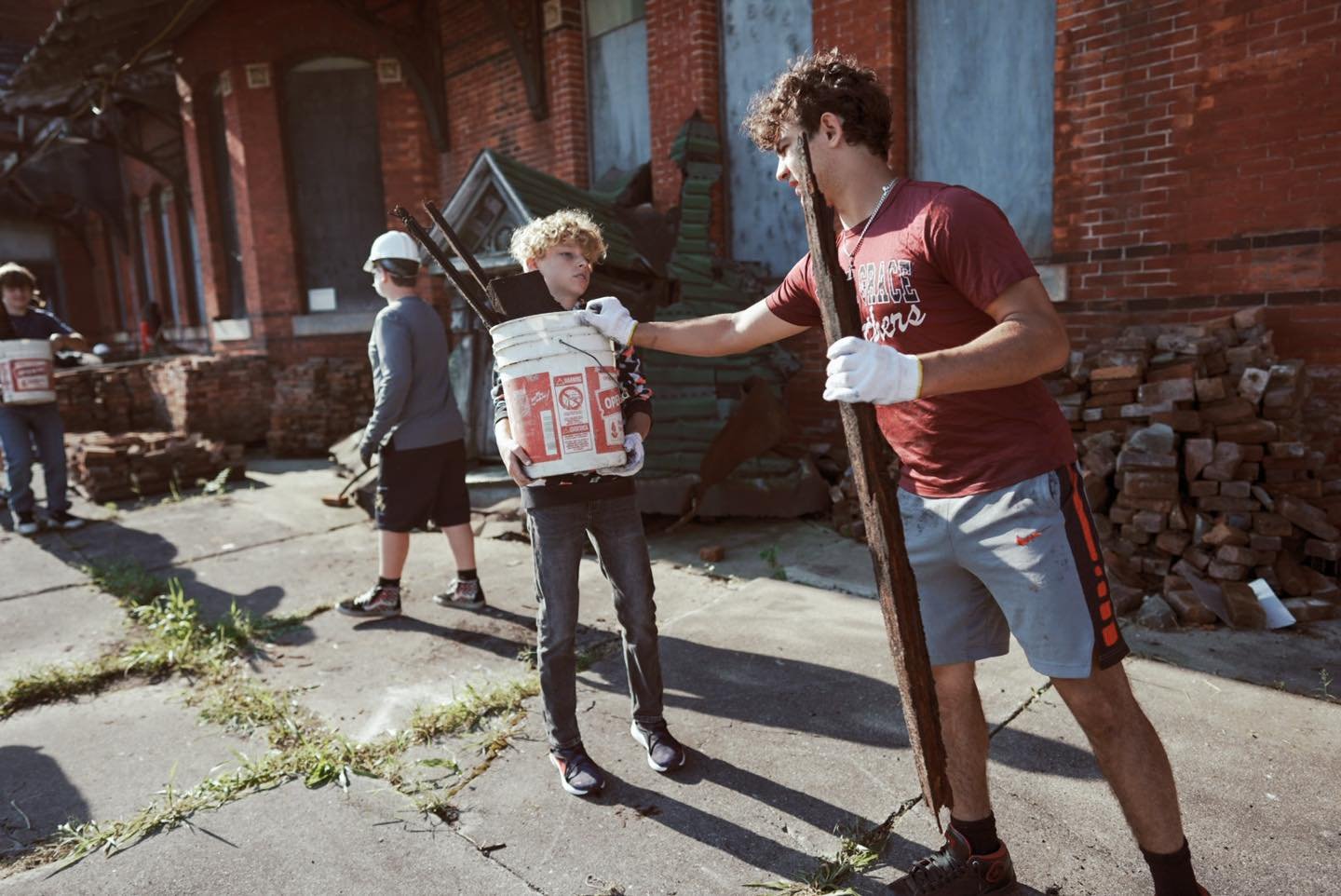
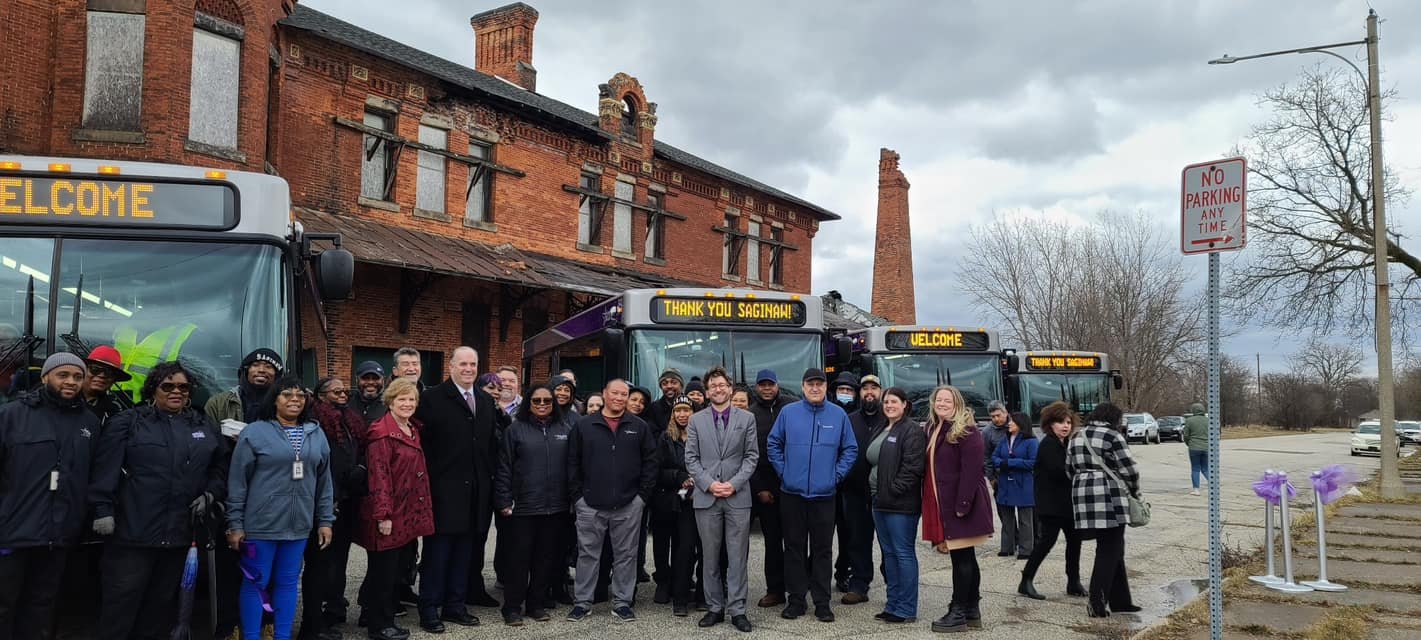
20 years later, the building is still standing, and a recent study ordered by Saginaw Transit Authority and Regional Services (STARS) and conducted by Spicer Group delivered some astounding news. Despite the extensive deterioration of the building, the structure of the building remains solid. Supported by massive timber beams and cast iron columns, the robust construction of this historic building has allowed it to endure through some of the most severe damage seen in this city. Not a single support is out of level, the building can be saved, but action needs to be taken immediately before more damage pushes it out of reach. The SPDC has since been collaborating with Spicer Group to determine where the group should focus their attention, working closely with their engineers to look beyond hypotheticals and bring structural drawings and realistic solutions to the table.
Re: Saginaw Community Development does not speculate, we focus on the physical realities of a situation, constantly aiming towards the next most important step. The work being done at Potter Street Station has shown us what is truly possible when we give these projects careful thought. Instead of focusing on the millions it would take to fully restore the building, we put our focus on the things that we can do ourselves with limited resources. Financial limitations lead to creative solutions, and our role is to keep the ball moving.

